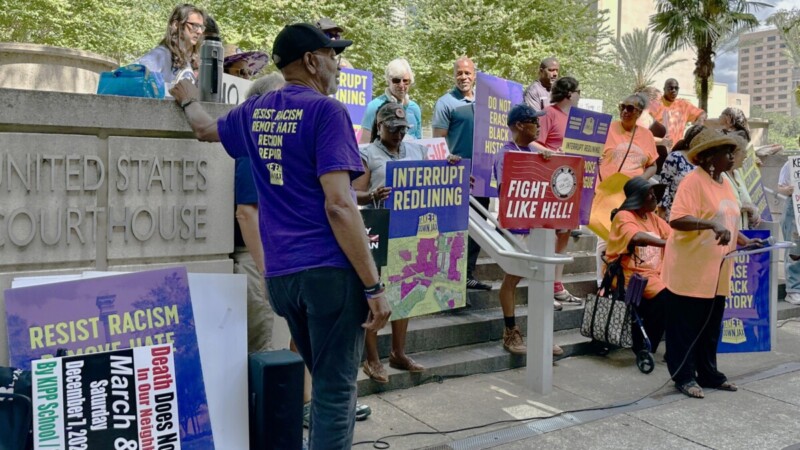Florida has grown every year for over half a century. As people continue to immigrate to the Sunshine State, its population is also getting older. In fact, just this month, WalletHub named Florida as the best state to retire.
Climate change, however, is prompting people to move as well, according to a study by Florida State University researchers. As seas keep rising across the U.S., young people will move inland while older populations remain on the coast. That could lead to a myriad of consequences.
READ MORE: Coastal populations set to age sharply in the face of climate migration, says FSU study
Phil Swagel, director of the Congressional Budget Office, spoke about Florida’s growth Friday with Tom Hudson on The Florida Roundup. Also joining the program were Mathew Hauer, an FSU professor who led the climate migration study, and Sunshine Jacobs, an FSU doctoral student and coauthor of the study.
While Florida’s population is getting older, Swagel noted how the U.S. in general is aging.
“That is part and parcel of the slowing population growth, the number of older people in the population is growing, the number of births is declining, the fertility rate in the United States is declining,” Swagel said.
The Congressional Budget Office says immigration will be a key factor for U.S. population growth, driving 70% of the overall increase in population size over the next decade. In fact, by 2040, they project net immigration will account for all population growth.
Swagel said there’s also an economic component at play.
“We’re an aging society. And immigrants tend to be younger, they tend to be prime age adults and they tend to work. There’s very high labor force participation among immigrants,” Swagel said. “Now, of course, there’s immigrants with families, with young children, older immigrants. So there’s a wide range. But that increase in immigrants means a larger labor force and a larger economy, more wages, more income, and therefore more tax revenue.”
Then there’s the efffect of climate change on migration. Thousands of people are projected to migrate from places like Miami-Dade County due to sea level rise over the next century, according to the FSU study.
Hauer and Jacobs said younger, working-age people are likely to move inland to rural areas not far from the coast, bringing their labor force with them. That migration may affect aging coastal communities.
“And so there are possible implications that there might be less and less of their taxes will be able to go to support the needs of the community in general. So a lot of the tax base may move away from the coastal populations and go more inland, but the older populations will stay at the coast,” Jacobs said.
Certain ways coastal communities adapt to climate change may also do more harm than good, according to Hauer.
“One of the most common suggestions that people make for adapting to sea level rise and coastal communities is to raise the elevation of a home, so that way, water can kind of just flow right underneath it,” Hauer said. “But when you’re elevating a home, adding elevation to it, you’re also adding steps to it to either access the home or whatnot. And for an area that is aging, on top of that, to add additional steps to it would be, I think, a pretty good example of a maladaptation.”
He noted that communities can undertake alternative approaches, like building sea walls or revetments, raising roadways, and participating in buyouts to relocate.
9(MDEwNzczMDA2MDEzNTg3ODA1MTAzZjYxNg004))







